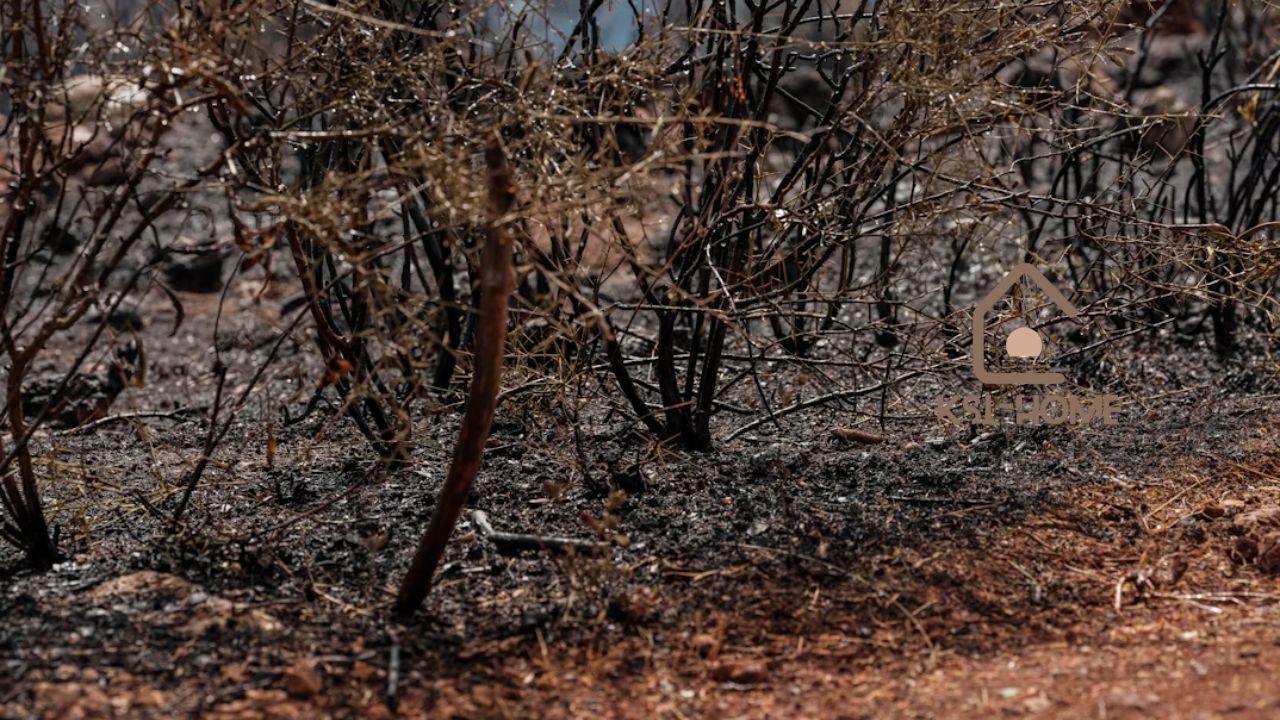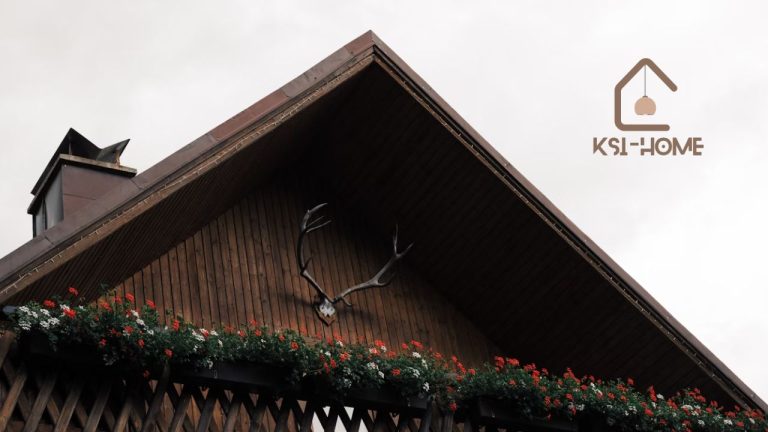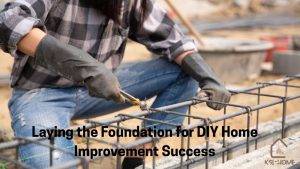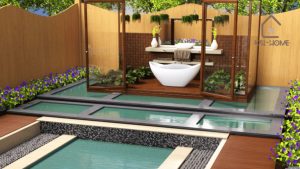Australia’s bushfire season places extreme demands on firefighting equipment, making the choice of pump critical for effective protection. High-pressure fire pumps are widely considered the most reliable option for dealing with the country’s harsh bushfire conditions, as they deliver powerful water flow essential for rapid response and safety. Anyone focused on fire protection in rural or fire-prone areas should look closely at these pumps for dependable performance.
Selecting the right fire fighting pump can make a vital difference when time is of the essence and natural disasters threaten homes and property. When evaluating pumps, durability, water output, and the ability to withstand rugged terrain and intense heat are all essential factors. High-pressure models and compatible gear, like those designed for bushfire response, are available to help address safety needs in demanding environments.
Key Takeaways
- High-pressure fire pumps work best for bushfire season in Australia.
- Pump durability and reliable water flow are key for fire safety.
- Evaluate essential features when selecting the right fire fighting pump.
Top Pump Types for Australia’s Bushfire Conditions
Selecting the right fire fighting pump can increase the efficiency and effectiveness of water delivery, whether it’s for protecting property, performing controlled burns, or handling spray irrigation. The power source, design, and intended use each impact how well a pump performs in harsh, high-pressure bushfire settings.
Petrol vs Diesel Fire Fighting Pumps
Petrol-powered fire fighting pumps are popular for their lightweight build and ease of use. They are generally easier to start and are ideal for quick deployment during emergencies. Maintenance is usually straightforward, and petrol is often more widely available in remote areas.
However, diesel fire fighting pumps are valued for their reliability and safer fuel handling. Diesel is less flammable than petrol, which makes it a safer choice in extreme heat or near open flames. Diesel pumps tend to have longer engine life and better fuel efficiency when running for extended periods, which is important during protracted firefighting operations.
Single and Twin Impeller Pumps
Single impeller pumps feature one rotating disk, which makes them lighter and easier to move. These pumps are suitable for general water transfer, spray irrigation, boom spraying, and light fire fighting tasks where moderate pressure is adequate.
Twin impeller pumps have two impellers, which enable higher maximum head and increased water pressure. That makes them well-suited for demanding applications, such as moving water up steep slopes or delivering strong streams over long distances—critical when protecting buildings or conducting sheep jetting on uneven terrain. Twin impeller models are preferred where reliable, high-pressure water flow is required for bushfire defense.
Centrifugal and Portable Fire Pumps
Centrifugal pumps use a spinning impeller to generate flow and pressure. They are highly effective for both fire fighting and water transfer because they can handle variable flow rates and deliver water at high pressure.
Portable fire pumps are designed for mobility. These units are compact, lightweight, and easy to transport to remote or hard-to-reach locations. Many models come with self-priming features and sturdy handles or frames for rapid deployment. They are vital when quick response and adaptability are needed, such as during controlled burns or emergencies in changing bushfire conditions.
Selecting, Using, and Maintaining Pumps in Fire-Prone Areas
Choosing the right fire fighting pump is crucial for property owners and farmers in bushfire-prone regions. Successful bushfire preparation depends on pressure, reliable water supply, and ongoing equipment maintenance.
Key Features: Pressure, Flow Rate, Reliability, and Ease of Use
Pressure and flow rate are essential for effective firefighting. Pumps should deliver enough water pressure—typically at least 100 PSI—for optimal hose performance during emergencies. A flow rate of 400–700 litres per minute is common for residential bushfire pumps, with commercial properties sometimes needing even higher output.
Reliability is critical. High-quality pumps with durable components, like brass or stainless-steel internals, resist corrosion and wear. Always look for engines with proven reputations, such as those made by Yanmar or Honda. Ease of use ensures that pumps can be started and operated with minimal effort. Consider units with straightforward pull-start systems, clear instructions, and low maintenance demands. Simple priming mechanisms are especially helpful during high-pressure situations.
Sourcing and Positioning Water for Bushfire Preparation
The availability and placement of water sources is just as important as the pump itself. Common options include dams, rivers, tanks, or dedicated fire-fighting water storage on the property. In Australia, many farmers install above-ground poly or steel tanks in clear, accessible locations for quick access.
Pumps should be positioned as close as possible to the water source to minimize suction losses. Ensure hoses are reinforced and long enough to reach the property areas at greatest risk from bushfire. Using a well-maintained suction line and keeping pump units on a stable, elevated base helps reduce vibration and protects from flood or fire damage. Regular system checks are vital. Test the entire setup monthly—checking for leaks, blockages, or worn components—so every item remains ready for emergency use.
Conclusion
Selecting the right fire pump in Australia depends on the ability to withstand harsh bushfire conditions and deliver consistent, high-pressure water flow. Key factors such as durability, power source, and output pressure determine performance in emergencies. High-pressure models, like twin-impeller pumps, have proven effective for rural properties and bushfire zones.
Admin Recommendation
Laying the Foundation for DIY Home Improvement Success

















